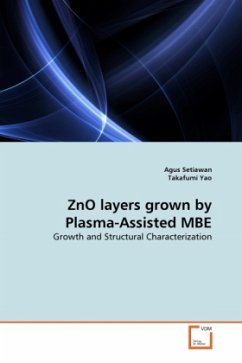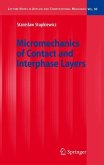Zinc oxide, ZnO, has been attracting much attention because of its potential applications in photonic and optoelectronic devices. The notable properties of ZnO include direct band energy gap (Eg=3.37 eV at RT), large exciton binding energy of 60 meV, and strong cohesive energy of 1.89 eV. Recent reports on the lasing mechanism of ZnO have shown that ZnO is a promising photonic material for exciton devices in the wavelength ranging from blue to ultraviolet. It is well known that high quality materials are required for optoelectronic devices. At the current stage the problems in extending toward ZnO-based device applications are the difficulty in achieving high crystal quality in either bulk or thin film dimensions of ZnO, as well as the difficulty in controlling p-type conductivity. On the other hand, control of the crystalline defects in naturally n-type ZnO is the critical issue to obtain p-type ZnO. This book is focused on improving the quality of ZnO films grown by plasma-assisted molecular beam epitaxy (P-MBE) on c-sapphire with a MgO buffer layer through optimization of buffer layers and detailed structural characterization.
Bitte wählen Sie Ihr Anliegen aus.
Rechnungen
Retourenschein anfordern
Bestellstatus
Storno








